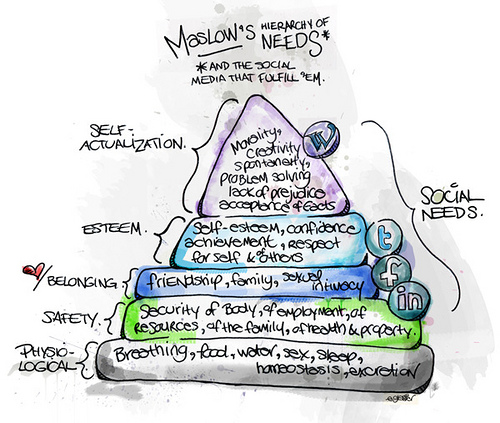"The times, they are a-changin',"sang the Sixties songster Bob Dylan. So it was true in 1964 when the song was released, and so it is true today. What is changing now, however, are not so much the economic and political structures of society (though these may indeed change, and change sometime soon), but the fundamental tools that we use to communicate with one another.
It was not long ago when the Internet itself was novel and revolutionary. Yet, for much of its lifespan it wasn't all that different from previous forms of communication. Content creation required at least some knowledge of a rather arcane markup language (HTML) and the resources of large institutional servers.
Enter Web 2.0.
Web 2.0 applications now have made it effortless to contribute to the emerging world and culture of the Internet. We now have social media, blogs, picture and video sharing, and collaborative documents among others.
As a future educator, I must decide which of these hundreds (or thousands) of applications I will integrate into my teaching practice in the near future. In some sense, it is like walking into a carpenters toolshed and beholding row upon row of strange devices, some looking like they belonged to medieval Inquisitors. An important element of being a carpenter is knowing what's the right tool for the job. In a similar way, I need to choose the right Web 2.0 tools for the job. However, the 'job' in question is more than understanding the superficial features of the task at hand (creating a document, or a video, or a picture). As a teacher, the 'job' is to motivate my students to actively engage in learning and to become enthusiastic participants and leaders in their own learning. Thus, the choice of tools cannot be left to mere whimsy, but must take into account the real needs of my students. And what are those needs? Maslow's hierarchy of needs provides some guidance in this regard.
 |
| Maslow 2.0 |
What these images indicate is that different Web 2.0 tools correspond to different levels of emotional and social needs. LinkedIn, for example, functions so as to meet students' need for safety, through employment, by helping students develop a professional online presence. Social media, like Google+, Facebook, or Edmodo (for an educational setting) can help meet students' needs for a sense of belonging, especially for friendship. Tools like Twitter can help meet a student's need for esteem and help them develop confidence (i.e. shy students might be more willing to tweet responses to class discussion questions). And ultimately, students' need for self-realization can begin to be met through blogging and micro-blogging tools such as WordPress, Blogger, and Tumblr, as well as by means of real-time collaborative tools such as Google Docs.
Hopefully, by selecting tools that meet my students' social and emotional needs, I will have selected the right tools that will effectively do the job of motivating them and empowering them in their learning.

No comments:
Post a Comment